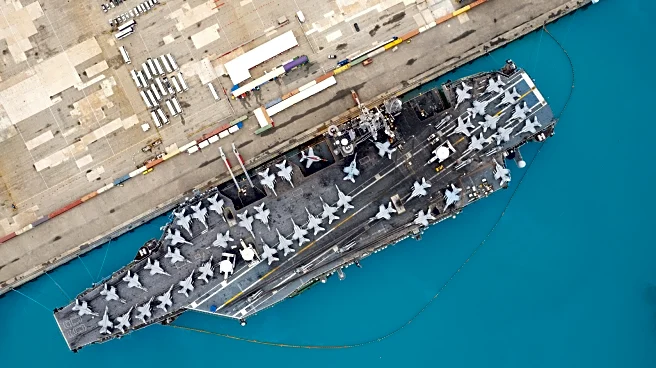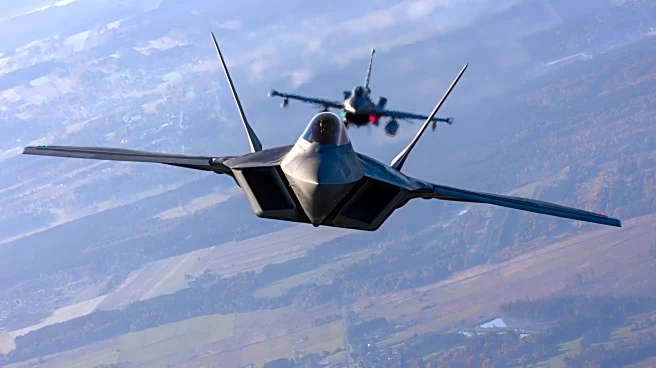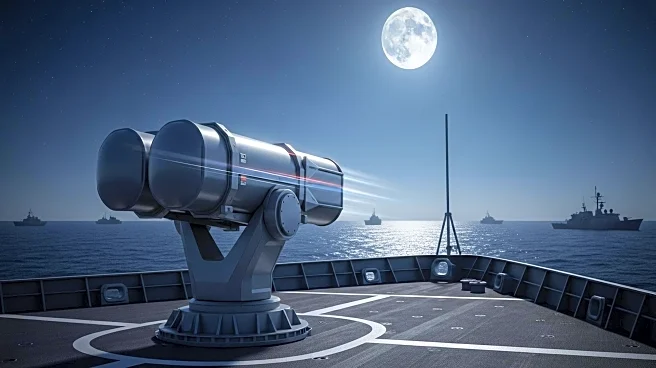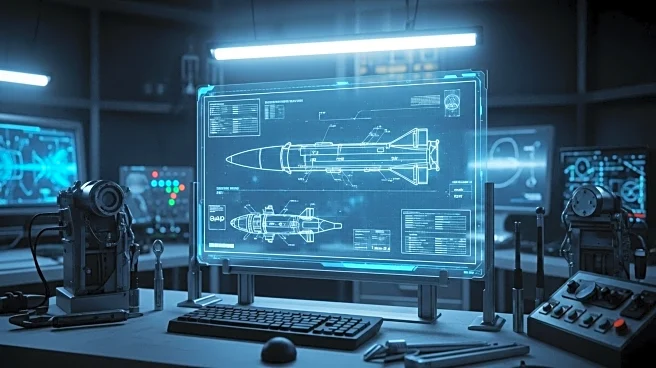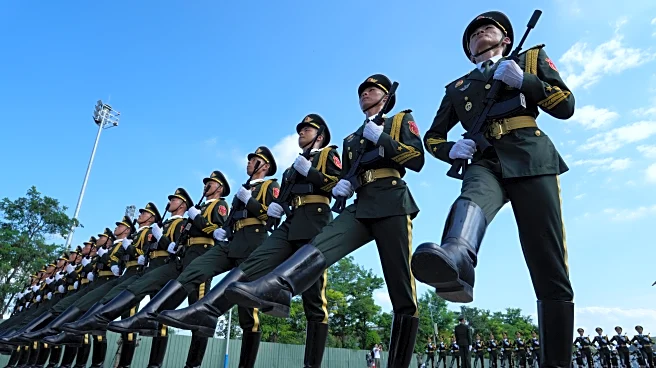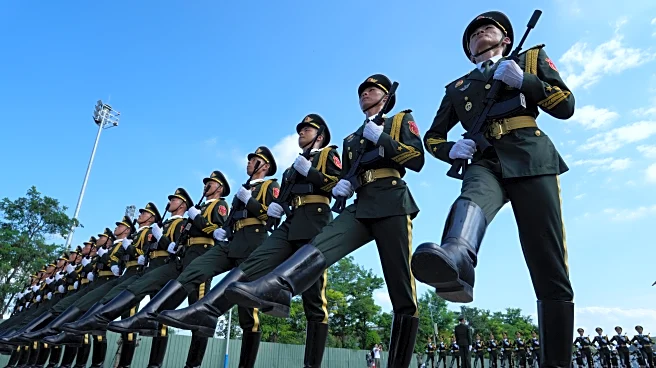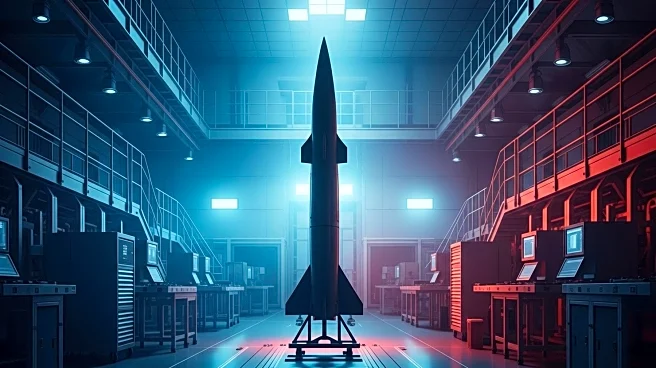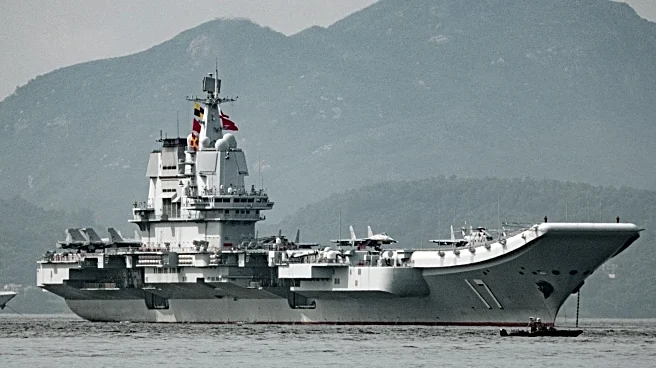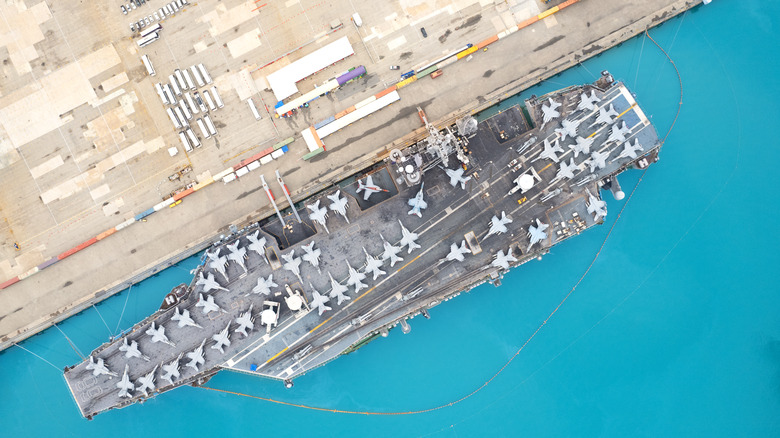
Every type of aircraft carrier in the U.S. Navy are among the largest and most resilient warships ever constructed. A Nimitz-class carrier displaces over 100,000 tons and measures more than 1,000 feet in length. The newer Ford-class carrier, while roughly the same size, is even more advanced. The immense size of the biggest aircraft carriers in the world gives them durability, but survivability goes much deeper. Carriers are built with multiple layers of armor, watertight compartments, and reinforced
bulkheads.
Even if a torpedo or missile breaches the hull, the design allows the crew to seal off affected compartments to keep the ship afloat. A 2005 Navy test using the decommissioned USS America demonstrated this strength, enduring nearly four weeks of explosive testing before it was finally scuttled by demolition teams.
That trial proved how hard it is to sink American aircraft carriers outright. Damage may disable some systems, but redundancy is built into almost every critical function. Power can be rerouted, propulsion systems have backups, and weapons storage is carefully protected to prevent catastrophic chain reactions. Even in worst-case scenarios, carriers are designed to remain afloat long enough to escape and recover.
Read more: 10 Of The Largest Navies In The World, Ranked By Self-Reported Total Naval Assets
Protected By A Layered Shield
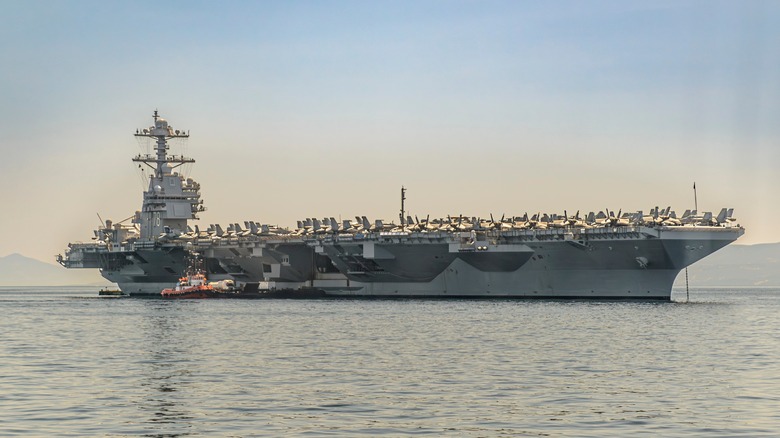
Carriers rarely operate alone. Each one is the core of a Carrier Strike Group, which includes guided-missile cruisers, destroyers, submarines, and support vessels. Together, they form a multi-layered defense designed to neutralize threats before they can reach the carrier itself. Destroyers and cruisers equipped with the Aegis Combat System detect and intercept incoming missiles. Under the water's surface, submarines patrol to counter enemy boats. Overhead, aircraft like the F/A-18 Super Hornet and F-35C Lightning II conduct combat air patrols, while EA-18G Growlers provide electronic warfare support to jam enemy sensors.
On top of this, the carriers and their escorts carry missile interceptors, such as SM-2, SM-6, and Evolved Sea Sparrow Missiles, as well as close-in defenses like the Phalanx CIWS and SeaRAM. These layers of protection operate together to prevent attackers from successfully breaching all security levels with a single attack. To inflict decisive damage, an enemy would have to coordinate a massive, sustained attack, something extremely difficult against a moving target defended by dozens of ships and electronic systems working together.
A Combination Of Size, Systems, And Strategy

The difficulty of sinking a carrier comes not from one factor but from the combination of its design, defenses, and operational use. Carriers are not stationary targets. Their nuclear propulsion gives them near-unlimited range, and their mobility makes it far harder for missiles or submarines to locate and strike them. The Navy also trains extensively in damage control, ensuring crews can react quickly to flooding or fires, as shown in past incidents like the USS Fitzgerald collision in 2017.
Historical data reinforces the point: no U.S. carrier has been sunk in combat since World War II, even though adversaries have tried. China and Russia field advanced anti-ship missiles these days, including so-called "carrier killers" like the DF-21D, but hitting and sinking a carrier is not the same thing.
Even if a strike damages the flight deck or some systems, the ship can often recover or withdraw. Ultimately, sinking a modern American carrier would require overwhelming force, perfect coordination, and considerable luck. That's why military experts consistently describe them as the hardest warships in the world to kill. And that's exactly how it should be, given what they do and how important they are to the Navy.
Want the latest in tech and auto trends? Subscribe to our free newsletter for the latest headlines, expert guides, and how-to tips, one email at a time.
Read the original article on SlashGear.
